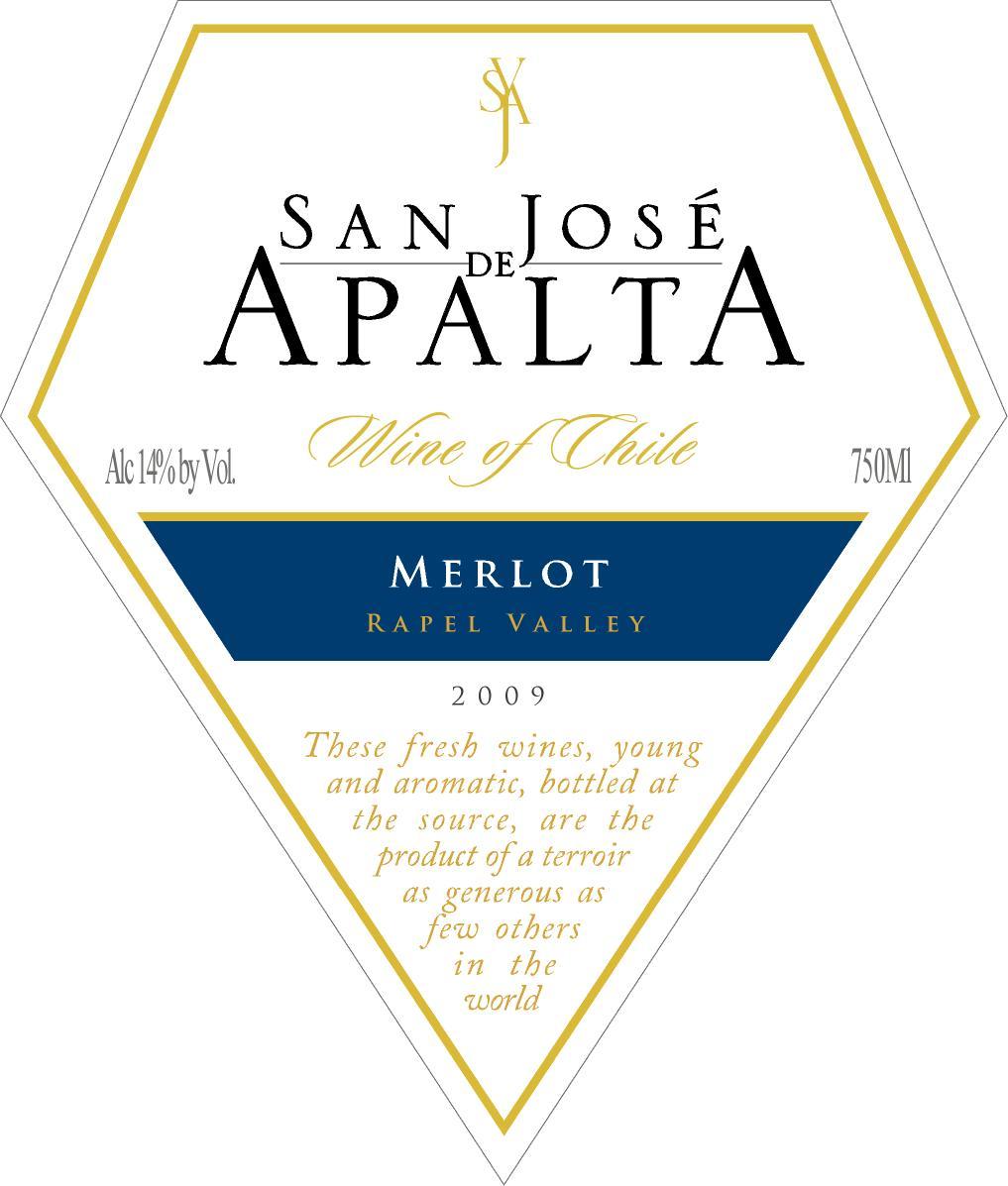2009 Rapel Valley Merlot
The 2009 San Jose De Apalta Merlot from the renowned Rapel Valley is a captivating red wine that truly embodies the region's rich winemaking heritage. With a medium body, this Merlot offers a delightful balance of flavors, showcasing the varietal's characteristic plum and blackcurrant notes, complemented by hints of chocolate and spice. The acidity is bright and refreshing, providing a lovely liveliness that enhances the wine's overall elegance. Tannins are notably structured, lending a firm backbone while remaining soft and approachable. This wine is crafted in a dry style, making it incredibly food-friendly and versatile for various culinary pairings. Overall, it's an inviting and expressive Merlot that reflects the unique terroir of the Rapel Valley, perfect for both casual sipping and special occasions.
The 2009 San Jose De Apalta Merlot from the renowned Rapel Valley is a captivating red wine that truly embodies the region's rich winemaking heritage. With a medium body, this Merlot offers a delightful balance of flavors, showcasing the varietal's characteristic plum and blackcurrant notes, complemented by hints of chocolate and spice. The acidity is bright and refreshing, providing a lovely liveliness that enhances the wine's overall elegance. Tannins are notably structured, lending a firm backbone while remaining soft and approachable. This wine is crafted in a dry style, making it incredibly food-friendly and versatile for various culinary pairings. Overall, it's an inviting and expressive Merlot that reflects the unique terroir of the Rapel Valley, perfect for both casual sipping and special occasions.




